The advent of the commercial hemp market brought with it a new mission for cannabis consumers and manufacturers: find the most potent cannabinoids.
Claims about certain cannabinoids being stronger than delta 9 THC are common, though most are unsubstantiated or only partially confirmed. That doesn’t mean stronger products don’t exist, though—and if they do, some have probably already reached the market. We’ve covered one below that can likely make the claim.
Keep potency in mind when shopping for cannabis products. But remember that effects vary between individuals, not all products are created equal, and potency is a double-sided coin. It isn’t always necessarily the most important feature.
How do cannabinoids get you high?
All psychoactive cannabinoids have a trait in common: they bind effectively to CB1 and CB2 receptors, part of the body’s endocannabinoid system. Highly potent cannabinoids activate these receptors and stimulate the production of sense-altering hormones. The CB1 receptor is especially important in determining the intensity of the high.
Greater binding ability generally indicates a more intense high, but there may be a limit.
It isn’t yet clear at what point receptors are overloaded, and cannabinoid molecules no longer have an effect on the receptors. You’ll see this in a substance we’ve ranked. These cannabinoids could bind with a level of effectiveness greater than delta 9’s, but your high may not be proportionally as strong.
The length of a cannabinoid's carbon tail can help gauge its potency. Longer tails tend to bind better to CB1, though this rule isn’t hard-and-fast. CBN has practically no psychoactive properties, yet it has a five-carbon tail—the same length as the delta 9 THC tail.
Psychoactive cannabinoids: strongest to weakest
Before you dig into the rankings, you have to keep a few things in mind. This isn’t a one-size-fits-all list and an individual’s experience can vary drastically. Physiology is a primary determinant of your body’s and mind’s response to cannabis. Factors like tolerance, dosage, health conditions, and medications may impact your experience and how high you become.
Certain cannabinoids, whether derived from hemp or marijuana, can be significantly more effective for one person than the next. Our rankings are based on research into effects and binding ability, as well as reported user experiences. But your mileage may vary.
We have decades of research into delta 9 THC’s effects, potency, and affinities. Our understanding of other cannabinoids may be less certain, although we think our assessment of their potencies is solid.
1. THCP (Tetrahydrocannabiphorol)
THCP’s alkyl side chain is composed of seven carbon atoms, compared to delta 9 THC’s five. This cannabinoid was unknown to chemists until a breakthrough in the late 2010s.
Potency: Out of all the cannabinoids chemists have explored, THCP appears to have the greatest CB1 binding affinity. In 2019, researchers found that THCP binds with over thirty-fold the effectiveness of marijuana-derived delta 9 THC. Exactly how this affects the user’s experience, however, has yet to be determined.
Since THCP is so new to science, no trials have been conducted on its psychoactive impact. Anecdotes indicate that while the high isn’t thirty times as powerful as delta 9’s, it’s nothing to scoff at. A number of users claim that THCP is only slightly stronger than delta 9. Others find them nearly identical, or one far more intoxicating than the other. Again, we expect different experiences for different people.
Legality: THCP products derived from hemp are federally legal under the 2018 Farm Bill. Some states have different laws regarding hemp-based cannabinoids.
As long as THCP vape products, edibles, and tinctures stay below the 0.3% delta 9 limit specified in the Farm Bill, they’re federally legal. The same applies to many of the other cannabinoids on our list.
2. Delta 9 THC (Delta-9-tetrahydrocannabinol)
Let's treat delta 9 THC as the baseline. When someone mentions “THC,” nine out of ten times, they’re referring to delta 9. This is the primary active cannabinoid in marijuana.
Potency: The intensity is dose and tolerance-dependent, but in general, delta 9 THC produces a powerful, euphoric high. Since marijuana and its derivatives are tightly regulated in legal states, you can easily find potency and THC concentration information on a delta 9 product’s packaging.
Whether you’re consuming a sativa, indica, or hybrid strain may impact the type of high you experience. Terpene level, as well as the specific terpenes featured, can also alter intensity and effects. A particular strain might be more sedating or more stimulating than the next.
Legality: Laws around marijuana possession and production are complex. At the federal level, the substance is a Schedule I controlled substance. Any product containing over 0.3% THC by dry weight falls into this category. However, about half of U.S. states have legalized marijuana for recreational or medicinal use by adults 21 and over, and the federal Justice Department has agreed not to prosecute those who sell or possess marijuana in those states as long as they meet certain conditions.
3. HHC (Hexahydrocannabinol)
After hydrogenating THC—replacing one double bond with a pair of hydrogen atoms—you’re left with HHC. This cannabinoid was an early development in cannabis research, coming along in the 1940s.
Potency: HHC’s potency falls just shy of delta 9 THC for many users. Impressive as that is, results can be hit-or-miss. Lab production of HHC leaves chemists with a mix of two forms, one considerably more potent than the other. Formulations may lack consistency, and some brands produce more potent products than others.
On the bright side, the cannabinoid itself is more chemically stable than THC, and is less likely to degrade after heat or oxygen exposure. It may be easier to keep your HHC carts and HHC disposable vapes at max potency during storage.
Legality: Hemp-derived HHC is federally legal under the 2018 Farm Bill. State laws vary.
4. Delta 8 THC (Delta-8-tetrahydrocannabinol)
The hemp market wouldn’t be what it is today if delta 8 THC didn’t exist, and wasn’t easily produced by converting legal CBD. Delta 8 is a THC isomer, sharing a chemical formula and molecular weight with delta 9.
Potency: A repositioned double bond renders delta 8 THC less potent than delta 9 THC. Delta 8 is approximately half as potent as delta 9. It produces a relatively similar sense of euphoria, though many users report that the experience is more clear-headed and less disorienting than with marijuana. Common side effects, such as anxiety or lethargy, may also be reduced—although side effects can still be a risk.
The majority of delta 8 products—carts and disposables in particular—are supplemented with plant-derived terpenes. As in marijuana, these can influence the type and intensity of the high.
Legality: Hemp-derived delta 8 THC is federally legal under the 2018 Farm Bill. State laws vary.
5. Delta 10 THC (Delta-10-tetrahydrocannabinol)
Delta 10 THC is younger than the intoxicating isomers we’re most familiar with, delta 8 and delta 9 THC. It’s also been subject to less research than the other cannabinoids featured in this section. That aside, anecdotes about delta 10’s potency level are quite consistent, especially within the universe of hemp-derived newcomers.
Potency: Delta 10 THC seems to fall short of both delta 8 and delta 9 THC on the potency scale. Most users describe mild psychotropic effects. Depending on your goal, this could lead to an unsatisfying session—or it might be perfect. Those seeking a very mild weed buzz may prefer delta 10.
Pure delta 10 THC products can be difficult to come by. More often, delta 10 is tossed into a stew of other cannabinoids, often including delta 8 THC. Some derivatives will elevate or bring down a blend’s overall potency.
Legality: Hemp-derived delta 10 THC is federally legal under the 2018 Farm Bill. State laws vary.
6. CBN (Cannabinol)
No, you won’t get high from consuming CBN oil or other CBN products. The cannabinoid is generally considered non-psychoactive, and practically speaking, that’s true. (A handful of published papers still describe it as “mildly” or “weakly” psychoactive.)
CBN is a byproduct of THC degradation. Exposing delta 9 THC to the elements, including heat and sunlight, will convert it eventually into CBN. Proper storage can prevent or slow down this process, keeping products potent for as long as possible.
Potency: Regardless of classification, don’t turn to pure CBN if you’re looking to get high. It’s unclear how much you’d need to consume before experiencing any intoxication, or if that is even possible.
However, CBN is beloved by weed users as a sleep aid. Certain marijuana and delta 8 products also pair up THC and CBN, allowing these cannabinoids to work in tandem, balancing euphoria with gentle sedation.
Legality: Hemp-derived CBN is federally legal under the 2018 Farm Bill. State laws vary.
Which cannabinoids are non-intoxicating?
“Strength” doesn’t just apply to psychoactive cannabinoids, and nonintoxicating derivatives can still produce impressive effects. Several of these substances may also have medical or pharmaceutical benefits.
Popular nonintoxicating cannabinoids include:
- Cannabidiol (CBD)
- Cannabigerol (CBG)
- Tetrahydrocannabinolic acid (THCA)
A unique example is THCA, delta 9 THC’s inactive precursor. Exposing fresh marijuana bud to heat will decarboxylate THC, removing THCA’s acidic carboxyl group. You’re probably familiar with this step if you’ve ever cooked up homemade edibles.
Consuming raw THCA, without heating and decarbing it, definitely won’t get you high. However, many THCA products, like vape carts or disposables, convert the contained THCA into delta 9 THC (by heating it) before the vapor even reaches your lungs.
Most THCA hemp products contain only small to moderate amounts of the cannabinoid—probably not enough to get the user high—or are misleadingly labeled and contain none at all. Always check the product’s certificate of analysis (COA) to verify its contents.
Honorable mentions: cannabinoids with unclear potency
New hemp cannabinoids are popping up all the time. Newcomers often arrive on the market before undergoing much research; in some cases, their effects and uses are totally unknown. Other substances have a backlog of conflicting or underdeveloped studies.
(THCV) Tetrahydrocannabivarin
Information on THCV’s psychoactivity has been debated for years. Early research has been largely disputed, or at least, reexamined and tweaked.
Currently, it seems most likely that THCV is an antagonist to THC at lower doses, actually blocking or tamping down the effects of delta 9 THC.
Potency: A 1974 study concluded that THCV may be 25% as psychoactive as THC—enough to produce a noticeable high, just less heavy-hitting than delta 9. But the study utilized a high dose of THCV and had a limited sample size. Even today, it’s unclear whether these results can be successfully replicated.
Later studies reached different conclusions. It’s now believed that THCV is non-psychoactive and CB1-neutral, at least in a reasonable dose. Effects also vary depending on whether THCV is administered along with THC or other cannabinoids. THCV shows far greater promise in medicine, with modern research shifting in that direction.
Legality: Hemp-derived THCV is federally legal under the 2018 Farm Bill. State laws vary.
THC-O (THC-O-acetate)
THC-O is the acetate ester form of THC. Its placement on this list has less to do with binding ability and potential effects and more to do with a lack of authentic products. You can’t judge the potency of a cannabinoid fairly if there’s no access to it.
Also, THC-O apparently converts into toxic ketene gas when heated. That means that vaping or smoking THC-O could be deadly.
Potency: Claims of THC-O’s high potency are often heard in the cannabis sphere, with some users reporting a psychedelic experience. However, there’s no evidence of THC-O’s psychedelic qualities apart from anecdotes.
Similarly, stories about strength vary widely. It’s just as easy to find users denouncing the THC-O hype as it is to find those vouching for THC-O’s intensity. This likely comes down to subpar products and formulations, placebos, or contamination. THC-O’s unclear legal status means that high-quality, authentic products may be impossible to find.
Legality: This has been the subject of some dispute. In 2023, the Drug Enforcement Administration (DEA) determined that THC-O was a purely synthetic cannabinoid that the agency considered a Schedule I controlled substance. However, in 2024 a federal appeals court rejected the DEA definition and ruled that THC-O meets the standards of a legal hemp product. So, for now at least, THC-O is federally legal, and can be sold in states that have not prohibited it.
The short of it: which cannabinoid is the most potent?
Going off of chemistry alone, it currently appears that THCP is the market’s most potent cannabinoid. It may not provide the fiercest high of your life, but there’s a good chance any given THCP product will pack a punch. Those effects could exceed delta 9 THC effects.
Delta 9 THC is the most researched of the bunch. If you live in a legal area and prioritize consistency, marijuana products are always going to be the safest bet and provide close to the greatest potency.
Above all else, the effects of cannabis depend on the individual user. Your body could process a particular cannabinoid differently than the next person. Trial and error is a necessary process when you’re learning your responses to different cannabinoids, whether the products in question are marijuana- or hemp-derived. The best we, as weed consumers, can do is research, set realistic expectations, and try to enjoy the ride.
President Trump promised during his election campaign to “save vaping," but his administration has undermined that goal at every turn.
The U.S. disposable vape market has grown to $2 billion in annual sales, although nearly none of the products are authorized by the FDA.
More than 30 bills that would impose severe restrictions vaping consumers’ product choices remain active in U.S. state legislatures.
The Freemax REXA PRO and REXA SMART are highly advanced pod vapes, offering seemingly endless features, beautiful touchscreens, and new DUOMAX pods.
The OXVA XLIM Pro 2 DNA is powered by a custom-made Evolv DNA chipset, offering a Replay function and dry hit protection. Read our review to find out more.
The SKE Bar is a 2 mL replaceable pod vape with a 500 mAh battery, a 1.2-ohm mesh coil, and 35 flavors to choose from in 2% nicotine.

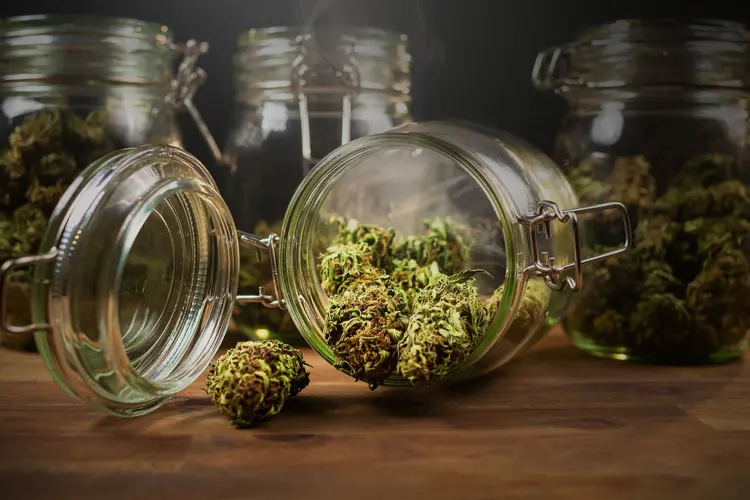








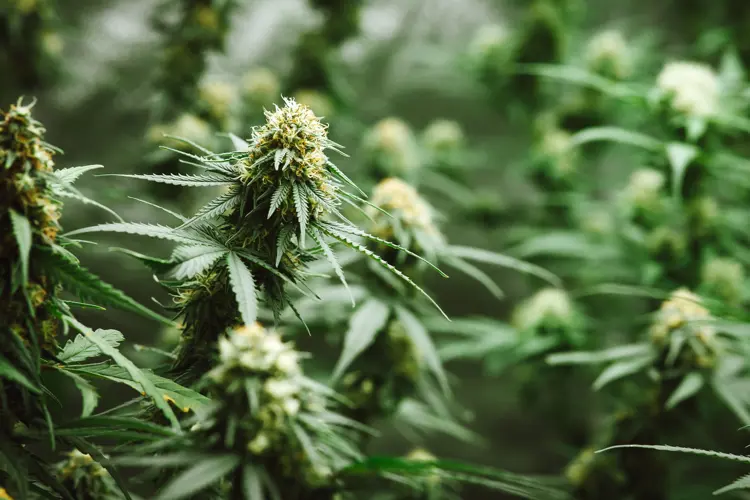
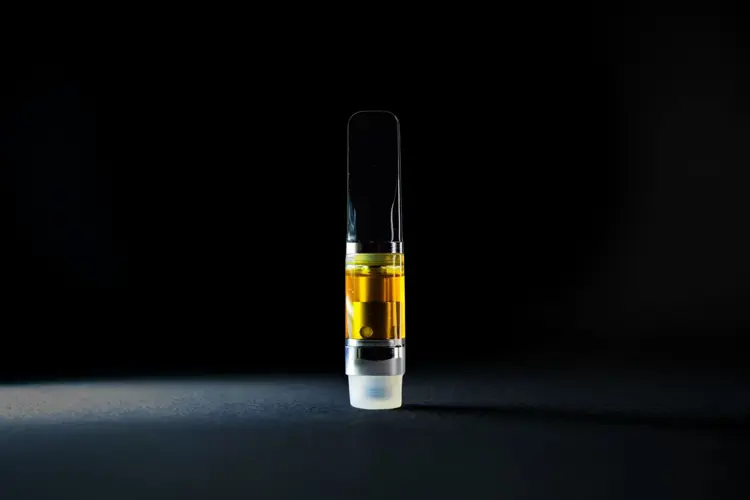
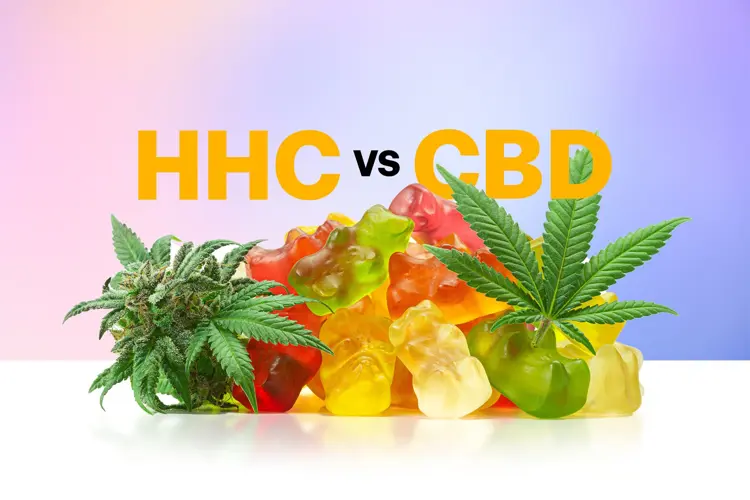
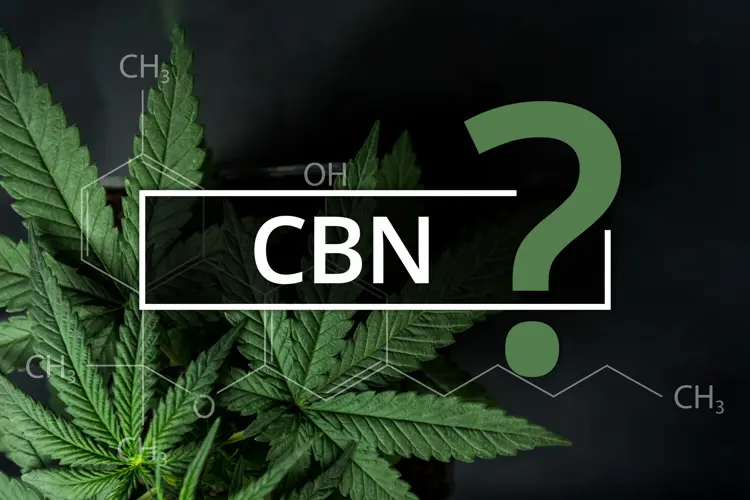
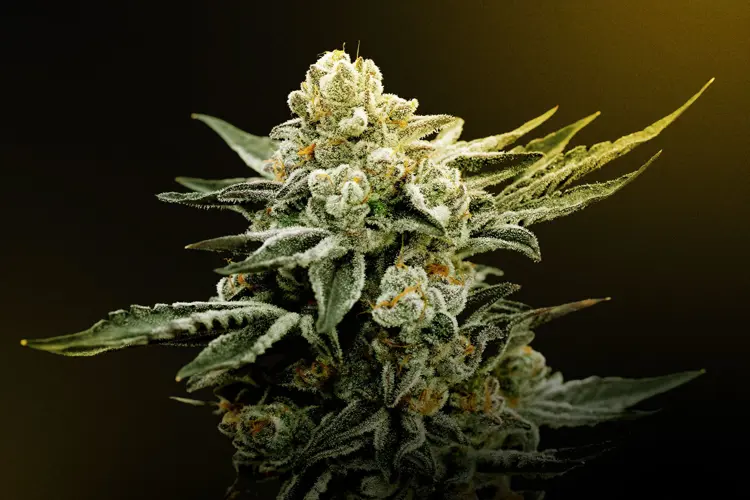
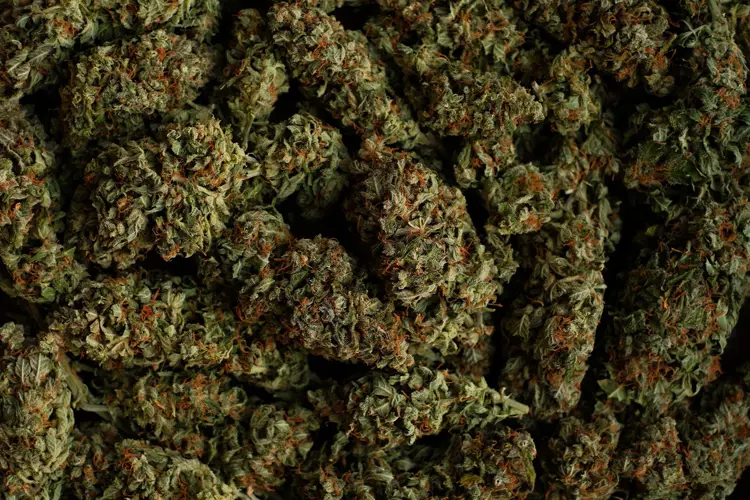

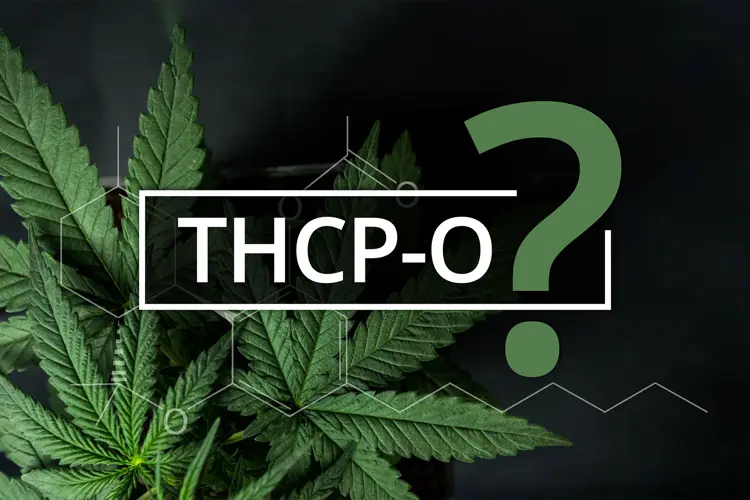
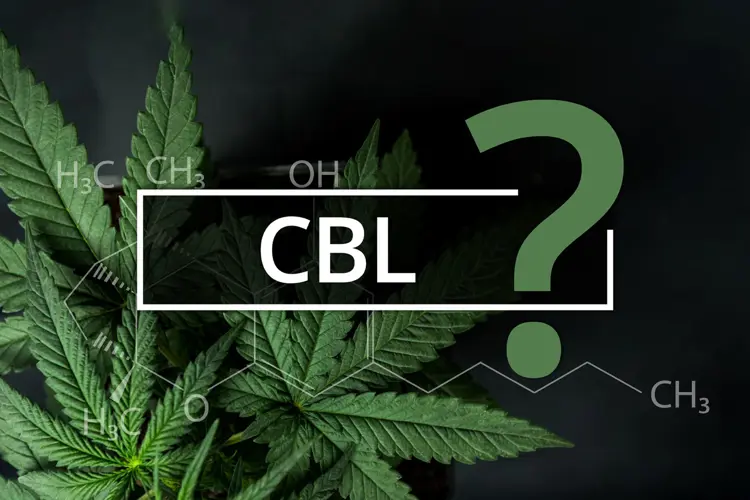
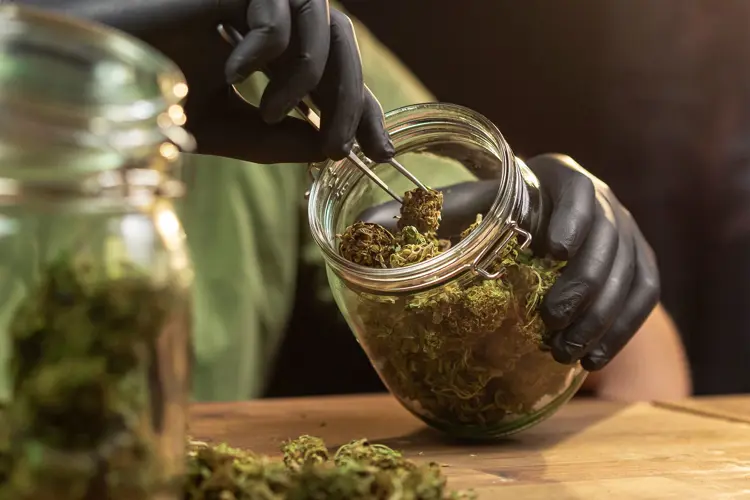
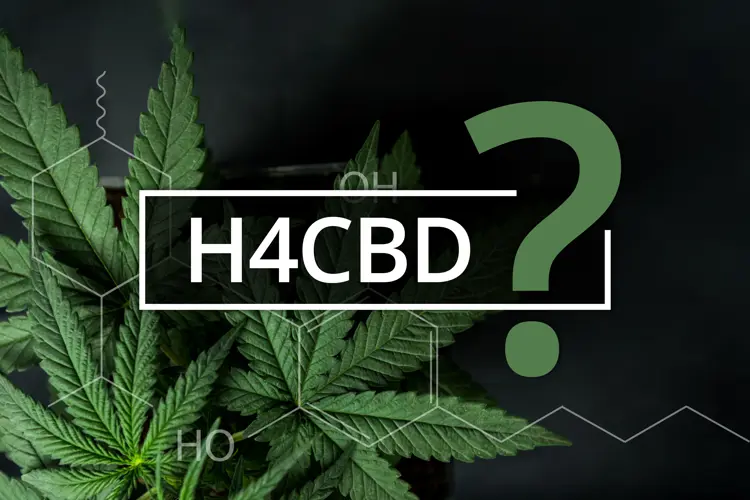
![Image for What Is THC-JD? Legality, Effects, Potency Explored [Update]](https://media.vaping360.com/images/what-is-thc-jd-thumbnail-20a40b517a.webp?imageType=Standard)
